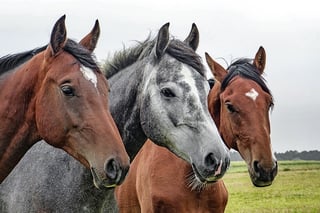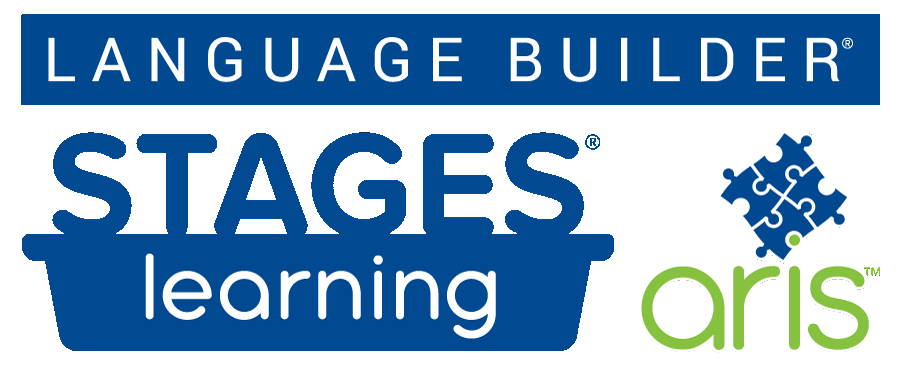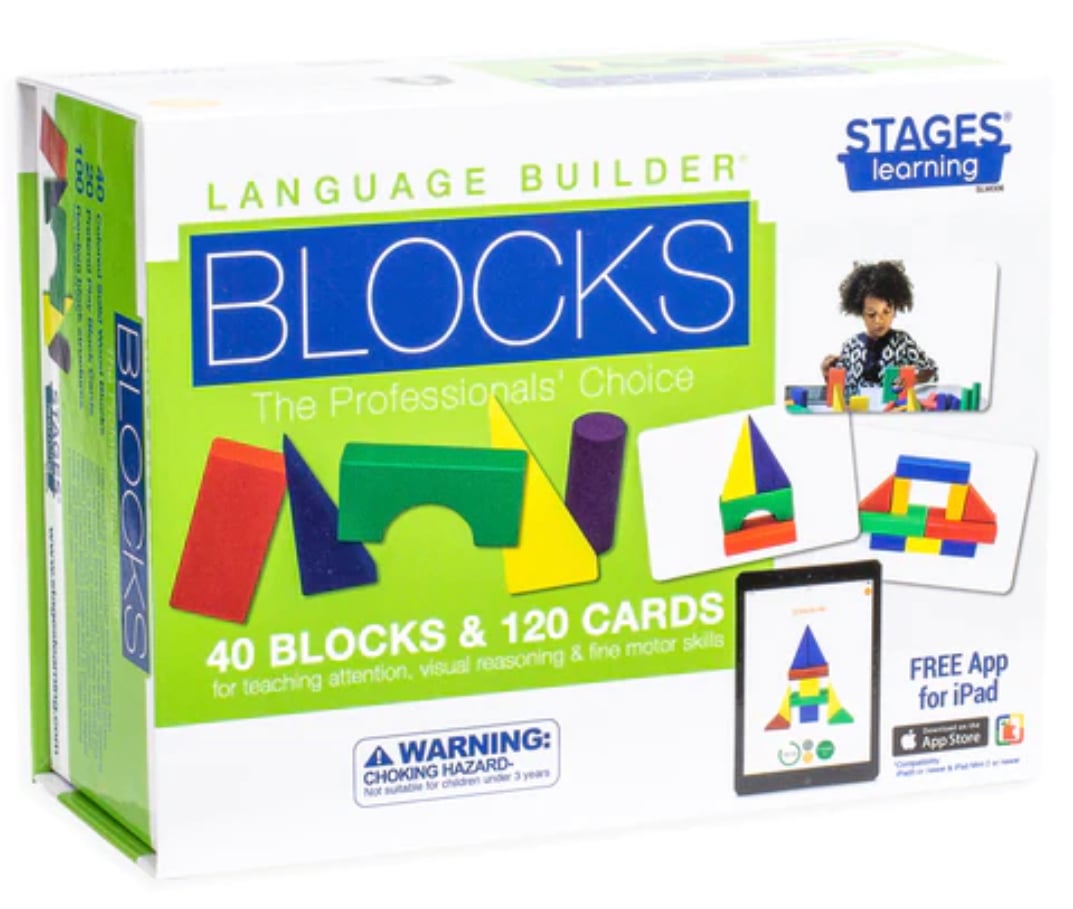
Having a special interest in something is a major part of the repetitive behavior that comes with autism. In fact, researcher Tony Attwood (2003) found that special interests seem “to be a dominant characteristic, occurring in over 90% of children and adults with Asperger’s syndrome.” Your child, client, or student with autism may have an intense interest in one particular subject. While hearing someone you love go on and on about his or her favorite subject may get tiring, special interests are important. A 2007 study done by Winter-Messiers (2007) reflected that special interests should be treated seriously because they may be beneficial in building up skills that would be hard to obtain otherwise.
Leveraging Special Interests: What is a special interest?
Special interest areas (SIA) are different than other interests. A SIA is not just a hobby or activity, but a big part of life and can serve as a comparative reference point to interactions made with the world.

SIAs vary greatly. Some people with ASD have interests in trains, Thomas the Tank Engine, David Bowie, puzzles, European history, music, lining things up, bubbles, Eisenhower, yu-gi-oh cards, scientists, science fiction, cartoons, or organizing. While a great many autistic people show interest in trains, SIAs run across a huge spectrum. It is also good to keep in mind that people with intense interests express their interests differently. For example, two people could both have an interest in horses, but express that interest in different ways. Some autistic people are really good at logical thinking and rote memorization (listing off horse facts) others excel at visual thinking and empathy (caring for horses.)
An episode of Arthur, “When Carl Met George,” actually mentions this. It explained special interests beautifully: “Maybe there's one thing in particular that captures your interest and you study just that.” This is said when “The Brain” is explaining Asperger’s syndrome to George. He uses an illustration of a person who lands on an alien planet without a guidebook. Everything is strange to this person until they find one thing in the world that is interesting or familiar to them.
Social, Communication, and Behavior Improvement

A couple of studies have been done on SIAs and their impact on autistic people. A study done by Winter-Messiers (2007) showed that when autistic children talked about their special interests, their behavior, communication and social and emotional skills improved.
The study showed that SIAs help improve emotional health and knowledge. The children in the study felt negatively towards themselves, but when participants were engaged or talking about their SIA they were confident and expressive. On a related note, while some SIAs might have seemed isolating in the past, that is not the case anymore. Worldwide communication has increased and autistic adults can find communities online that also share similar interests.
“Participants shared that they felt positive emotions, including enthusiasm, pride, and happiness, when actively engaged in their SIA” (Winter-Messiers, 2007). Identifying emotions when you are autistic can be hard. Personally, this resonates with me because identifying emotions is one area in which my SIA has helped me. For example, one character in Steven Universe, Amythest, was born in really bad circumstances. She is ashamed of where she came from. Another character, Pearl (who is one of the most relatable characters) has a hard time comforting her friend. She doesn’t know what to say, and is upset when Amythest breaks the rules, even if it doesn’t really matter. Both Amythest’s shame and Pearls inflexibility and confusion are extremely relatable.
SIAs are also used in emotional regulation. Some participants mentioned thinking about horses or playing their saxophone to calm down (Winter-Messiers, 2007). I know that I personally use my SIA to self-regulate. I like to solve puzzles over and over when I am upset.
SIAs have been shown to be a motivating factor in communication for autistic individuals. In the study, they noticed that the participants changed their speech patterns when talking about their special interest. Participants who used a monotone voice changed their voice to reflect enthusiasm. Researchers noted that, “sophistication of their vocabulary, word order, and syntax improved considerably. Responses also increased in complexity” (Winter-Messiers, 2007). Eye contact and gestures also increased and the need to self-stimulate decreased. I can definitely testify to this. If I’m explaining something that is familiar, talking about it feels more natural.
SIAs also act as a fine motor skills incentive. With autism, it is hard to move your body in a ‘fluent’ way. Motor skills can be developed by playing a favorite computer game or by making fan art for a favorite cartoon. Sensory input is also less of a challenge when individuals are engaged in their SIA (Winter-Messiers, 2007). Someone that likes animals may be able to tolerate strong smells or unfamiliar textures when engaged with their SIA.
Implementing Special Interests in the Classroom
|
The Texas Statewide Leadership for Autism provides educators three steps to implement SIAs in the classroom:
|
The National Autistic Society gave a good example of how SIAs can be used in the classroom. One teacher used an educational version of the popular game Minecraft to interest her students in math. According to the teacher, it was a success!
Here are a few examples of how special interests could be used for learning:
- An interest in toy cars or trains could be used for counting.
- An interest in cartoons could be used to teach empathy or social skills by looking at the way the characters treat each other
- An interest in pokemon could be used to compare the similarities and differences between things. The card game could open up opportunities for using coping skills (i.e. being a good sport, playing fair.)
You know your child, student or client best. Develop a plan that will utilize their SIA in learning new skills that works best for them!
|
Support your child's special interest: Our NEW Language Builder Blocks provide children with an open-ended way to express special interests through building, creating, organizing, or lining blocks up in rows. Our free app that comes with the blocks lets children collect images of their special creations or learn by choosing and recreating images that appear on the app. |
Resources used to prepare this article:
Using Special Interests. Texas Guide for Effective Teaching.
The National Autistic Society. Communication Tips for Parents and Carers.
The National Autistic Society. Educational Approaches.
Please share with us below your child's special interest. Perhaps we can use it when we design our next new learning tool!





